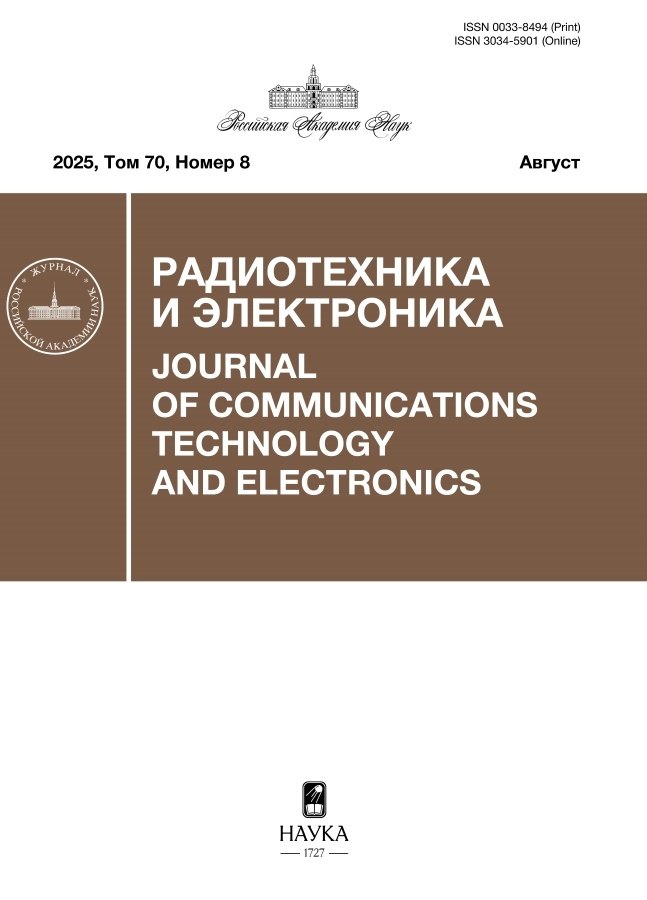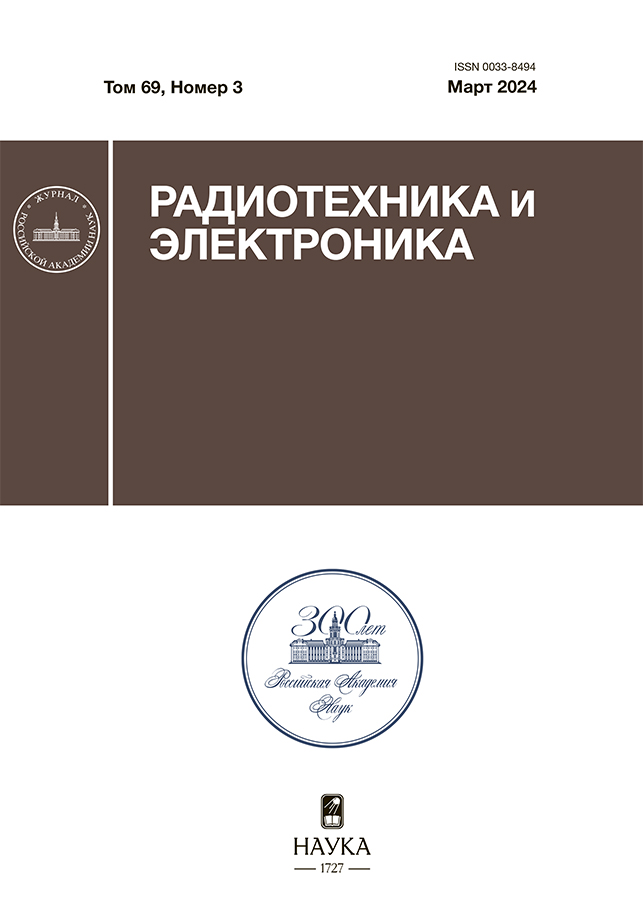Анализ пассивного смесителя частот с управлением по току при использовании защитных интервалов сигналов гетеродина
- Авторы: Чан Т.Д.1, Коротков А.С.1
-
Учреждения:
- Санкт-Петербургский политехнический университет Петра Великого
- Выпуск: Том 69, № 3 (2024)
- Страницы: 288-298
- Раздел: НОВЫЕ РАДИОЭЛЕКТРОННЫЕ СИСТЕМЫ И ЭЛЕМЕНТЫ
- URL: https://cardiosomatics.ru/0033-8494/article/view/650703
- DOI: https://doi.org/10.31857/S0033849424030085
- EDN: https://elibrary.ru/JUYVNY
- ID: 650703
Цитировать
Полный текст
Аннотация
Предложена обобщенная методика анализа схемы пассивного смесителя частот с управлением по току при использовании защитных интервалов между соседними импульсами сигналов гетеродина. Приведены результаты расчета и моделирования в среде Micro-Cap для двух случаев входного импеданса смесителя: RLC-контур, RC-цепь. Рассмотрены зависимости модуля передаточного импеданса смесителя для различных длительностей защитных интервалов.
Ключевые слова
Полный текст
Об авторах
Т. Д. Чан
Санкт-Петербургский политехнический университет Петра Великого
Email: korotkov@spbstu.ru
Россия, ул. Политехническая, 29, Санкт-Петербург, 195251
А. С. Коротков
Санкт-Петербургский политехнический университет Петра Великого
Автор, ответственный за переписку.
Email: korotkov@spbstu.ru
Россия, ул. Политехническая, 29, Санкт-Петербург, 195251
Список литературы
- Lin F., Mak P. I., Martins R. P. // IEEE Circuitsand Systems Magazine. 2015. V. 15. № 1. P. 12.
- Wu H., Murphy D., Darabi H. // IEEE J. of Solid-State Circuits. 2019. V. 54. № 3. P. 796.
- Han J., Kwon K. // IEEE Trans. 2020. V. CS-I-67. № 6. P. 1881.
- Bae S., Kim D., Kim D. et al. // IEEE Trans. 2021. V. CS-I-68. № 2. P. 892.
- Darabi H., Abidi A. A. // IEEE J. of Solid-State Circuits. 2000. V. 35. № 1. P. 15.
- Chehrazi S., Mirzaei A., Abidi A. A. // IEEE Trans.2010. V. CS-I-57. № 2. P. 332.
- Chehrazi S., Mirzaei A., Abidi A. A. // IEEE Trans. 2009. V. CS-I-56. № 12. P. 2556.
- Коротков А. С., Чан Т. Д. // РЭ. 2023. Т. 68. № 1. С. 83.
- Kenneth S. M. // Mathem. Magazine. 1981. V. 54. № 2. P. 67.
Дополнительные файлы











